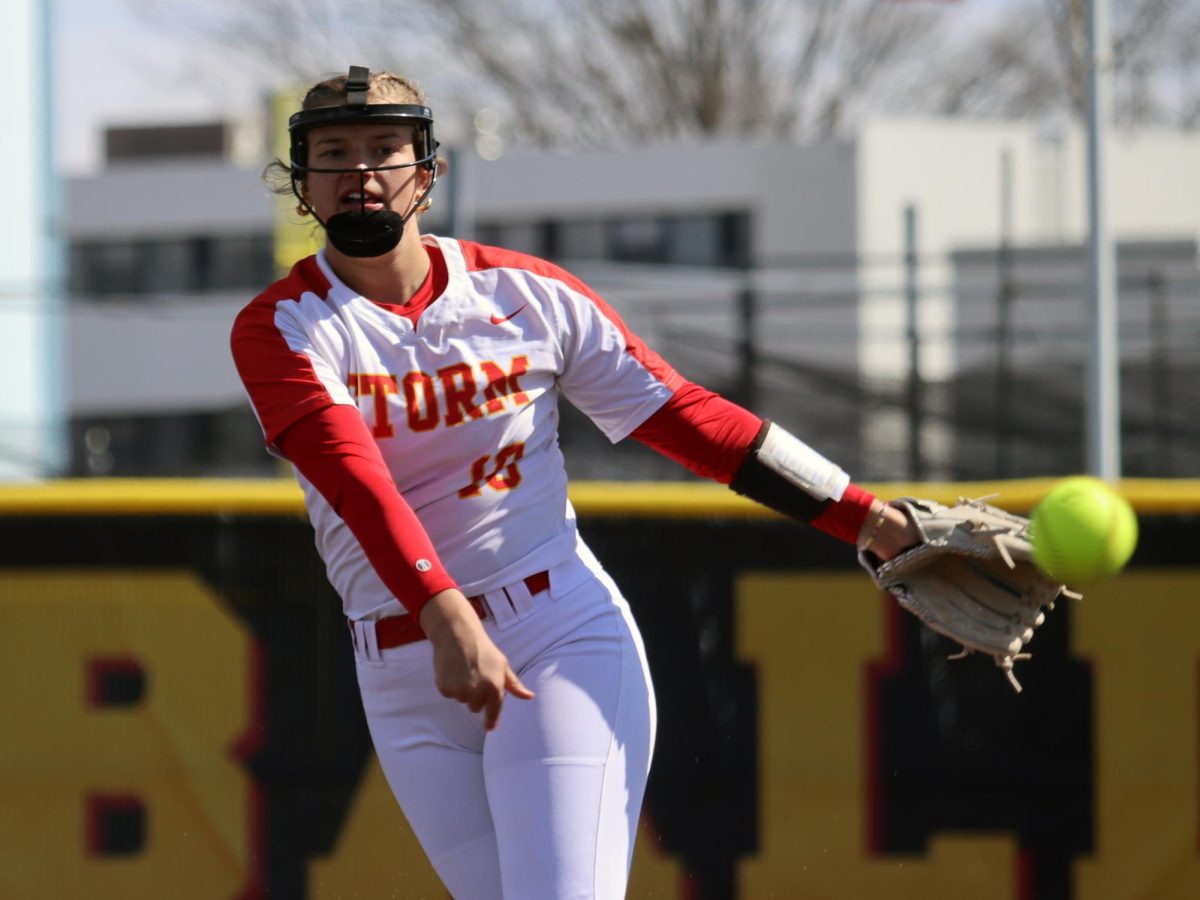Paper waste: Money, trees turn into trash
January 27, 2005
Recent concerns over increased paper use have prompted students and faculty to find ways to conserve paper and save money.
“I see an increase every year,” Rita Watson, computer lab supervisor, said. “We’re going through more and more.”
Watson is in charge of the paper supply for the computer labs in Carver Science Center and Dunn Library. Each week Watson delivers a case of paper to each location, approximately 10,000 sheets.
“We always ask people to be conscientious about printing,” Watson said. “We ask people to print only final copies instead of every draft.”
Watson says her main concerns stem from students who don’t pay attention to what they print.
“People print from the Internet and don’t realize that when they think they’re getting a couple pages they’re really getting more,” Watson said. “We’ve had to go up and cancel print jobs before.”
Operations Manager Connie Ruble says the price of paper is steadily on the rise. Each month Simpson goes through about 15 cases of paper, a current cost of more than $360 per month.
“We have a certain amount budgeted for supplies,” Ruble said. “I can’t go over that amount.”
Paper conservation is also high on the Progressive Action Coalition’s priority list. After successfully implementing campus-wide recycling three years ago, the group now wants to focus on reducing campus-wide paper use.
“We talked about making sure all the public laser printers would have duplex printing so you could print on both sides,” senior Kristine Robson said. According to her, some steps have already been taken to help the college be more ecologically minded.
“The chapel copier uses the back of paper that has been used on one side,” Robson said. “If they’re just printing off something to look at once they use the recycled stuff.”
Other colleges and universities across the nation have implemented programs to solve both the economical and ecological problems of paper waste.
Buena Vista University in Storm Lake created a “Limited Free Printing” program in 2002 after seeing a dramatic increase in campus printing. Susanne Gubanc, assistant professor of communication studies at Simpson, was a faculty member at Buena Vista when this program began.
“We came to the realization that we were throwing away more recycling,” Gubanc said. “You go in the morning to our lab and find four or five boxes full of paper.”
Buena Vista students must enter a password before printing, and the program deducts pages from their account. Each Buena Vista student is allowed 250 laser prints for the academic year. Each additional page costs $.03.
Faculty and administration at Buena Vista also adopted new methods to conserve paper.
All syllabi were posted on WebCT. Students’ grades, class schedules and course evaluations also went strictly online.
Though there are no plans to change Simpson’s printing policy in the near future, Gubanc believes it would be a positive step for the college.
“I think it’s a big sacrifice but a needed one,” Gubanc said. “We save trees and we save money for the university and those are all good things.”











